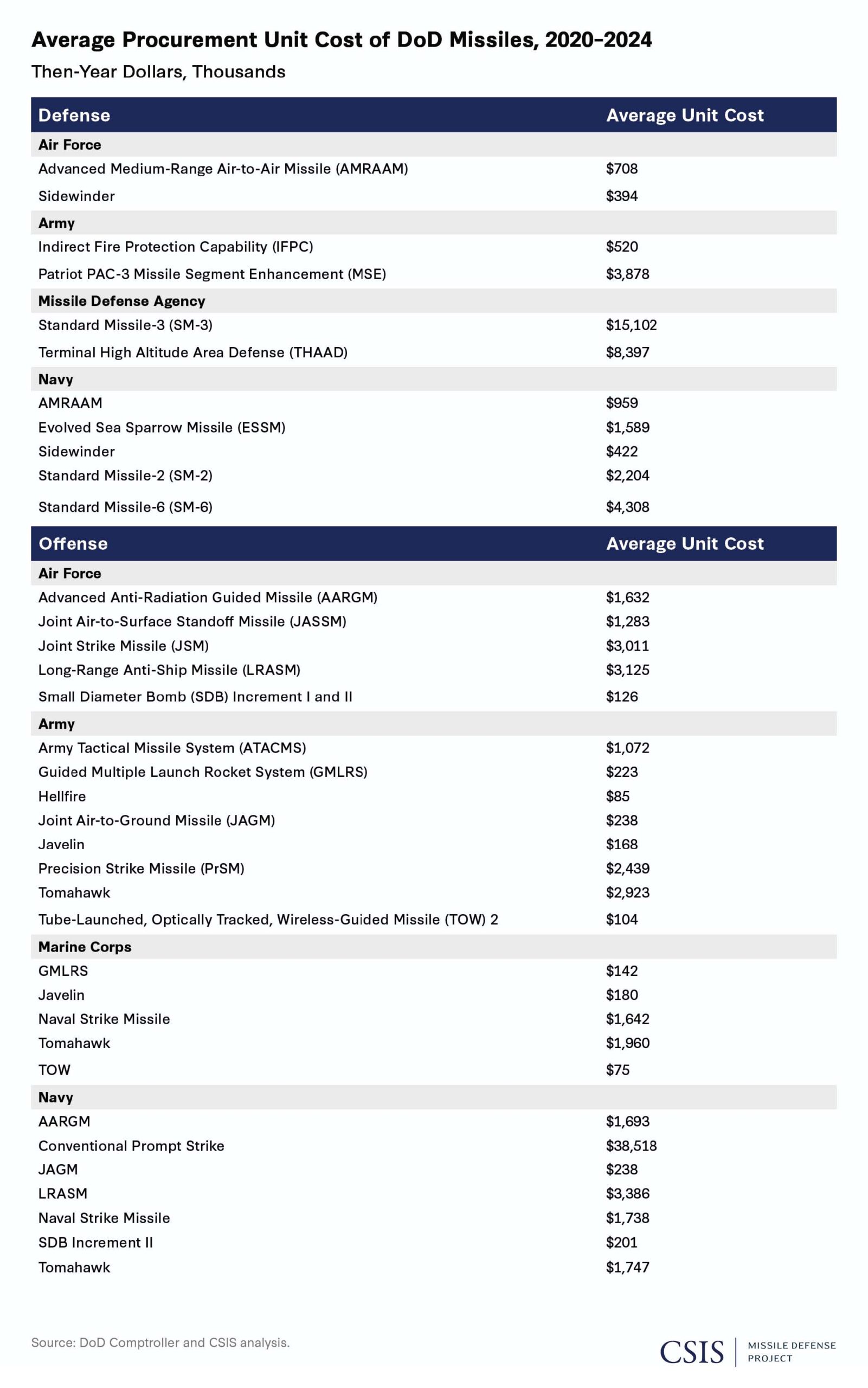
There is a widespread belief in recent years that US weapons systems are significantly more expensive compared to European systems. This arises from the occasional procurement announcements that come to light, and from the systematic propaganda pursued by the United States on cost issues, always in comparison with Europe. Exact procurement costs are rarely made public, let alone analysed.
There is an additional factor that contributes to this belief Ignorance of how to draft a US acquisition request letter of acceptance (LOA to LOR) for a weapon system. As it is customary to include the maximum possible amount of weapons, services and benefits that can be requested, the total cost appears high, while the final cost can be much lower.
Dendias for F-35: What we've heard about its costs is too early
One example is the JASSM missile procurement program for the Polish Air Force. In an acceptance letter announced on September 19, 2014, the estimated cost of 40 missiles, related equipment and software upgrades for the F-16 was 500 million dollars. Three months later, when the contract was signed, the final cost reached $250 million and 33% was related to software upgrade (to M6.5 level) of Polish F-16 aircraft.
Therefore, it is useful to look at some facts, such as those obtained from the enlightening study published by the American research institute CSIS (Center for Strategic and International Studies). Based on the table below, Arms procurement costs per unit (in dollars), for each branch of the U.S. armed forces, 2020-2024.

So we see in the table for example. The AMRAAM air-to-air missile costs $708,000, and the Patriot PAC 3 anti-aircraft missile costs $3.9 million. According to the Navy, which is also of special interest, the ESSM anti-aircraft missile costs $1.6 million, the SM-2 long-range missile costs $2.2 million, and the ultra-modern SM-6 missile costs $4.3 million.
Answers: How much do the SM-2, ESSM, RAM, Harpoon, and NSM cost for the USN (answer to the “price tag?” question)
In the aviation industry, which has a greater interest in waiting for orders to supply F-16 weapons, we see that the cost of the anti-radar missile AARGM 1.6 cm. And one Jassim 1.3 million While the cost of the new generation anti-surface missiles is similar to each other JSM reaches 3 million And the LRSM 3.1. The cost of the missile leaves an impression NSM (surface to surface), up to 1.7 million, That is, much less than the JSM, which is the same weapon but in an aircraft-launched version.

In anti-tank weapons now fire and forget in addition to high offensive capabilities, missile The Javelin costs $168,000 per unit. When the price of the Tow-2 reaches 104 thousand, while the cost of the Hellfire is the “modest” amount of 85 thousand dollars.
In rocket artillery, weapons mounted on MLRS and HIMARS launchers are guided missiles GMLRS at a cost of $223,000 While advanced long-range missiles ATACMS and PrSM 1.1 and 2.4 million respectively. Let us comment here that directed GMRLS is already expensive but it can reach a high value target on its own, for example. Tank, launcher, self-propelled radar, so it justifies the large purchase cost.

Costs are falling rather than rising
Cost declines over time are shown in Table II, which shows price changes for the U.S. Navy's basic anti-aircraft missiles, ESSM, SM-2, and SM-6, and their advanced versions, from 2013 to the present. The only noticeable difference, and a very significant one at that, concerned the SM-6 Block IB missile, which seemed very expensive, due to the new second stage engine to increase the range. Important factors, but not the only ones, that explain this gradual reduction in prices – despite the incorporation of new technologies – are the American tactic of multi-year contracts that guarantee the seller to have a project for a long time and of course the large production numbers, which achieve economies of scale.

In each case, it would be very useful to publish a corresponding study related to a registryThe cost of European weapons over the years, So there is a real comparison. While there is always a parallel cost related to weapons maintenance (inspections, recertifications, modifications), which can significantly change “what the end user pays.”
After all, what weapons are the most expensive? American or European? the The answer is not simple but the Americans have the following points in their favour: First, mass production which, as we said, provides economies of scale. Then the ability of NATO member states to purchase them at the same prices provided by the US Armed Forces, through foreign military services contracts, that is, agreements between countries. This is also done with European countries, but more often and not very flexibly. Third, in many (but not all) weapons the United States has succeeded in standardizing and simplifying its support system as much as possible, which also reduces “after-sales” costs.
What do Europeans have to offer? In some cases, quality technology, such as e.g. The NSM is now the US Navy's primary anti-ship missile as well, but it is of Norwegian origin. Also a simpler procurement process, although this mainly concerns third countries (non-NATO), while there are sometimes “ongoing” cooperative programs for the production and design of weapons systems, for example. Like Aster missiles. There is, of course, important to get involved from the beginning, sharing development costs, so you can ultimately enjoy the benefits of co-production and any income from international sales.

“Hipster-friendly coffee fanatic. Subtly charming bacon advocate. Friend of animals everywhere.”






More Stories
F-16 crashes in Ukraine – pilot dies due to his own error
Namibia plans to kill more than 700 wild animals to feed starving population
Endurance test for EU-Turkey relations and Ankara with Greece and Cyprus